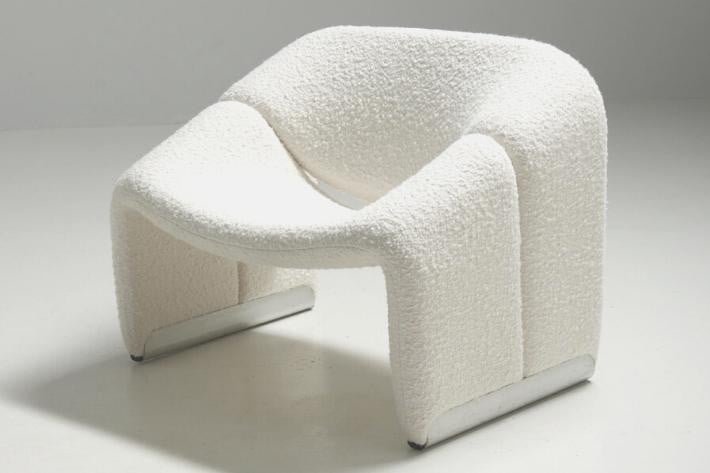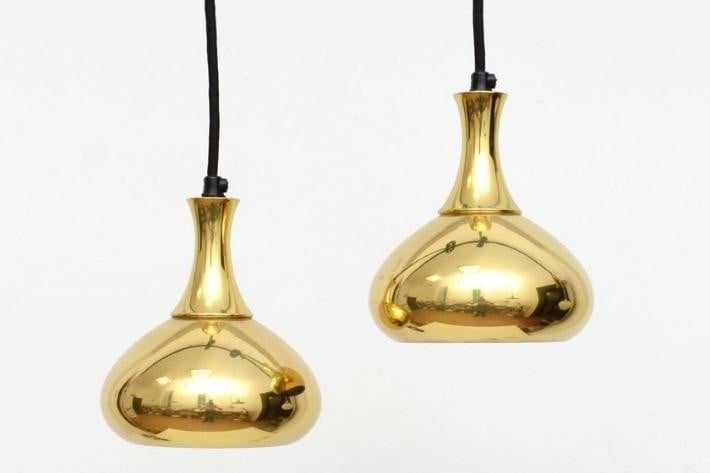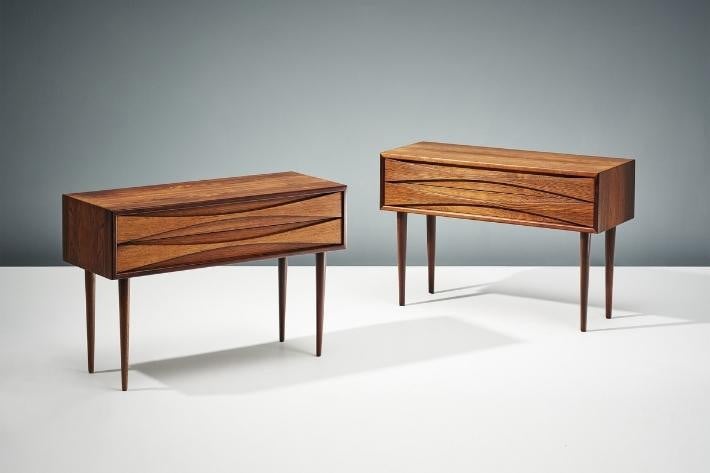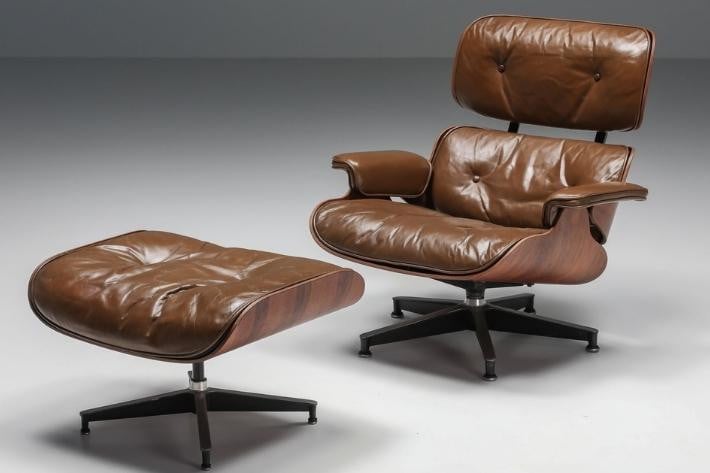Vintage painting representing a peaceful scene on the banks of the Yonne by Jean Vollet
Spain
Sold
Are you looking for a similar product?
You can contact our Customer Service from : Monday to Friday from 9.30am to 6.30pm.
Tel : 00 33 1 84 13 18 13
Email via this form
About this vintage design furniture
Spectacular neo-impressionist work, using the pointillist or divisionist technique, made by Jean Vollet, an author of French origin, in which a peaceful scene is represented on the banks of the Yonne River, a tributary of the Seine. Signed and dated on the back, where it is also indicated that the work was presented in an exhibition that took place in New York, in 1984, dedicated to pointillism.
Pointillism or divisionism is part of “neo-impressionism”, it is the technique used by said artistic movement, which emerged at the end of the 19th century (1880-1905), during the first avant-garde, led by Georges Seurat and Paul Signac.
In turn, neo-impressionism is one of the currents of post-impressionism. The only thing that the different post-impressionist movements or currents have in common is the assimilation by the artists of the previous trend, but just because they assimilate it does not mean that they imitate it. There were those who followed this path and those who rejected it completely. To a certain extent, post-impressionism rejects the limitations of impressionism, providing a somewhat more subjective vision, with greater formal freedom and a more expressive use of color.
Impressionism and neo-impressionism have in common a neutral view of reality, and within neutrality they focus on the most modern themes, a world of bourgeois, urban, inconsequential leisure. The works show contemporary reality, avoiding resorting to major themes such as mythology, literature or religion.
The most significant thing is the technique. Pointillism or divisionism is the favorite technique of neo-impressionism. It also starts from the image of nature, like impressionism, but follows physical laws. Experiments had proven that mixing colors was dirty, and that the only way to avoid it was optical mixing. Artists choose, therefore, to assign the mixing of colors to the viewer's retina and mind. To do this, they use a tiny, very short and precise brushstroke, in the form of small dots, which allows the colors to visually mix at a certain distance. What is achieved in this way is a much purer and saturated color.
This is where the theory of complementary colors also comes into play, which states that when two complementary colors are mixed they produce a color that tends to gray or brown (the mixture of colors makes them dirty), and this is precisely what we try to avoid. . However, when two complements are placed together, the contrast between them makes them appear brighter, purer, more saturated. In pointillism, what we understand as lights and shadows are really points of different colors. In fact, black is only used as a local color, not for shadows. The shadows are colored.
The only mixture capable of producing the desired effect is the optical mixture. At a given distance these dots mix optically and the result produces an intensity of colors much greater than any mixture of pigments on the palette.
All of this makes them very complex and elaborate works, the execution of which requires a lot of time. These are no longer quick paintings, as the Impressionists intended to be. The technique itself also causes the compositions to tend towards statism.
About the Author
Jean Vollet (1935-2015) was born in Montayral, France. He studied art at the Bordeaux School of Graphic Arts and graduated in lithography. In 1962 he decided to settle in Paris, where he began to dedicate himself completely to painting, and where he began to exhibit at the Salon des Indépendants. Since then, his works have been exhibited in New York, Tokyo, Beverly Hills, Cannes... The influence of Seurat, combined with Renoir and Pissaro, is visible in Vollet's paintings, and his balance and serenity are typically French.
Dimensions: 73 x 92 x 5 cm. / 54 x 72 cm.
Reference : 305638
a question about this product?
If you have any questions about this product, you can contact our Customer Service from : Monday to Friday from 9.30am to 6.30pm.
Tel : 00 33 1 84 13 18 13
Email via this form
Features
- Length
- 92 cm
- Height
- 73 cm
- Depth
- 5 cm
- Condition
- Good
- Style
- Contemporary
- Period
- 1980s
- Origin
- French
- Colour
- Green
- Secondary colour
- Blue
- Main material
- Fabric
delivery and return
- Shipped from : Spain
- Delivery time :
- 1 week for small items
- 2 to 5 weeks for bulky products
- Return possible: up to 14 days after delivery
About the designer
This item has no known creator or designer







.jpg)

.jpg)










